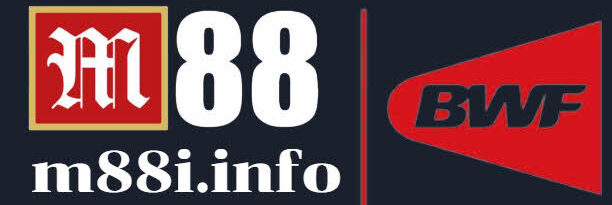Introduction
Get Ready to Deal Baccarat Like a Pro: Mastering the Basics of Shuffling, Card Delivery, and Dealing
Different Versions of Baccarat Explained: Discover How “Punto Banco” is Played Across the Globe
There are 3 types of baccarat: mini-baccarat, midi-baccarat, and big baccarat. It’s essential to learn how to deal with mini-baccarat before progressing to midi-baccarat or big baccarat because mini-baccarat is the simplest form of the game.
Every table game in the casino has a built-in advantage that ensures the casino’s profitability. This advantage is usually measured in percentages. In baccarat, the house advantage is as follows:
- Banker: 1.17%
- Player: 1.36%
- Tie: 14.12% with an 8:1 payoff
Baccarat Table Layout
The bank is the rack of cheques in front of the dealer. Next to the bank is the commission box, a long rectangle with numbers representing the player’s sitting spot. If a player owes commission, the dealer marks it in this box until the player pays it.
The shoe, typically holding 8 or more decks, is located on the left side of the table. There are three possible bets that a player can make: Player, Banker, or Tie.
Most baccarat tables have betting circles marked to correspond with the commission and tie boxes. In some layouts influenced by Chinese culture, the number 4 is avoided as it is considered unlucky. Instead, the numbered betting spots go up to number 8, which is considered a lucky number in Chinese culture.
The Basics
The objective of the game is to bet on the hand that you believe will have the highest total value. The dealer will deal two sets of two cards each, one set to the Player and the other to the Banker. The side with the highest total wins the hand.
When totaling the cards, the total must always be in single digits. For example, if the two cards are an 8 and a 7, the total is 15. However, in baccarat, the “tens” place value is dropped, making the total 5. All 10-value cards equal 0, and Aces equal 1.
3rd Card Rule
Determining when to draw a 3rd card follows specific rules, which dealers must memorize. While most charts are the same, casino-specific rules take precedence.
- If the Player’s first two cards equal 0-5, the Player must draw a 3rd card.
- If the Player’s first two cards equal 6-7, the Player must stand.
- If the Player’s first two cards equal 8-9, the Player has a “Natural” hand, and no more cards are drawn.
- If the Banker’s first two cards equal 0-2, the Banker must draw a 3rd card.
- If the Banker’s first two cards equal 3, the Banker will always draw a card unless the Player’s 3rd card is an 8.
- If the Banker’s first two cards equal 4, the Banker will only draw a 3rd card if the Player’s 3rd card is a 2-7.
- If the Banker’s first two cards equal 5, the Banker will only draw a 3rd card if the Player’s 3rd card is a 4-7.
- If the Banker’s first two cards equal 6, the Banker will only draw a 3rd card if the Player’s 3rd card is a 6-7.
- If the Banker’s first two cards equal 7, the Banker must stand.
- If the Banker’s first two cards equal 8-9, the Banker has a “Natural” hand, and no more cards are drawn.
- When the Player stands on 6-7, the Banker will always draw a 3rd card if their first two cards equal 0-5 and the Banker will always stand on 6-9.
- If the Player takes no 3rd card, the Banker will always stand on 6.


how to deal baccarat

